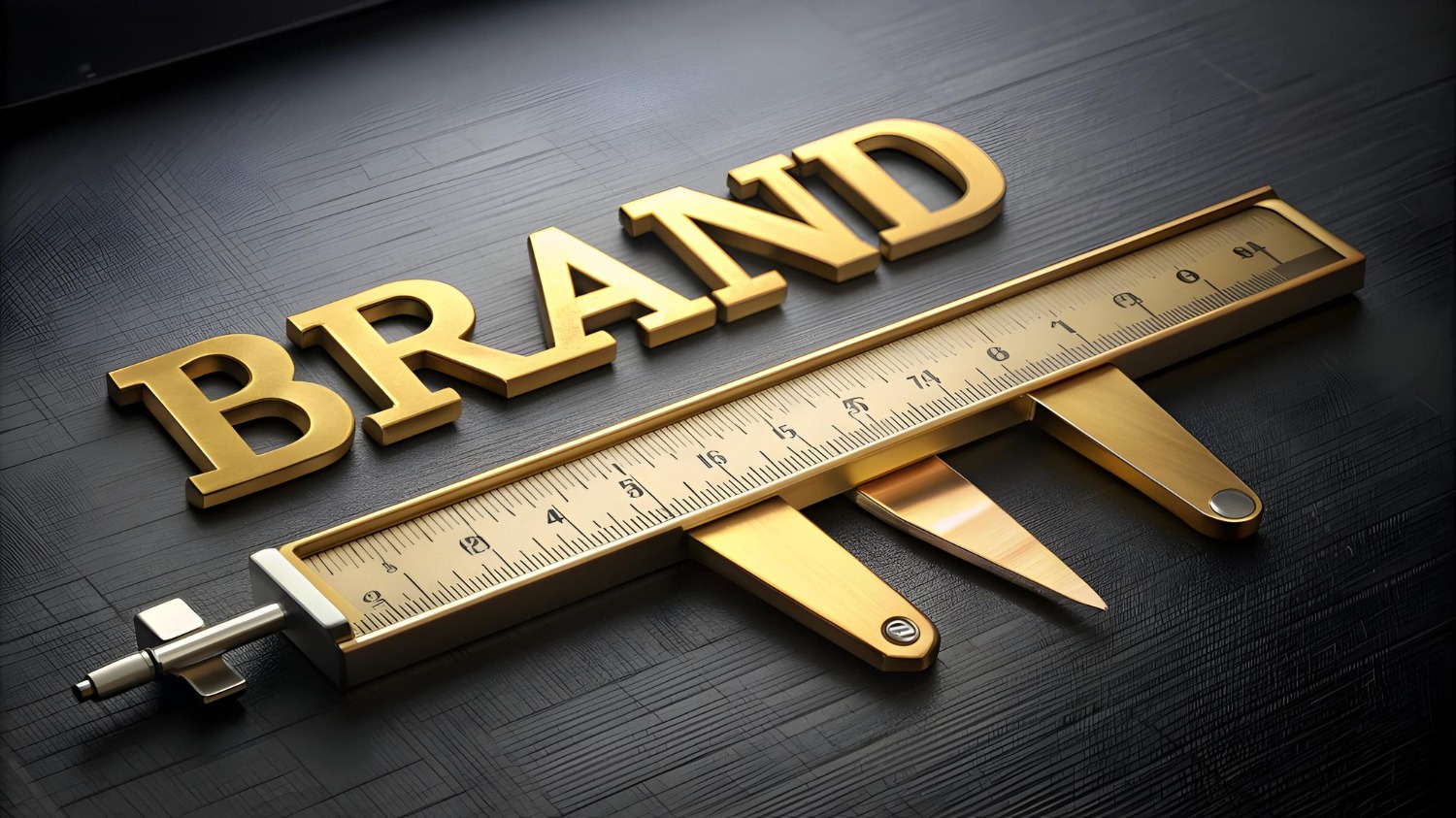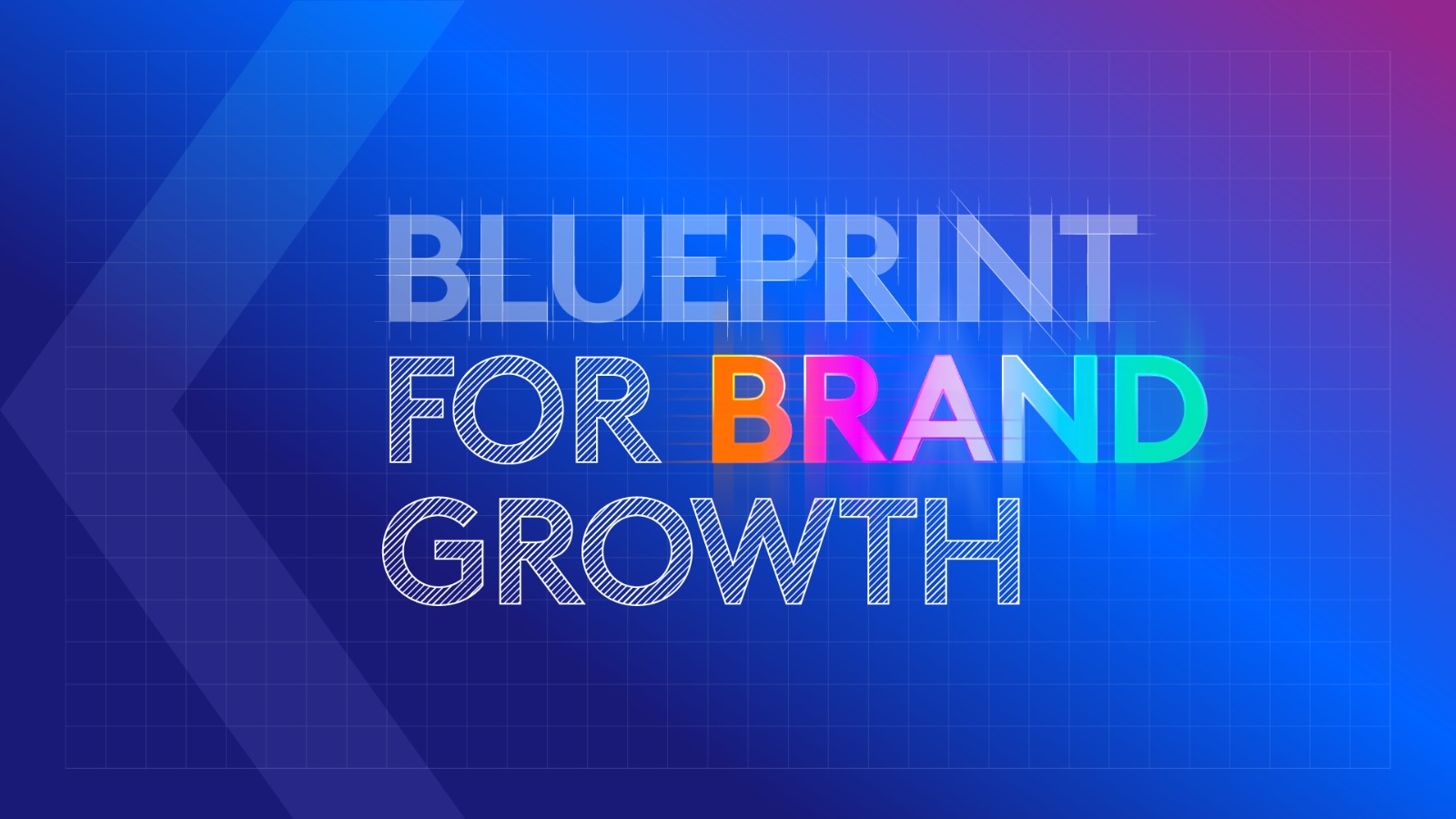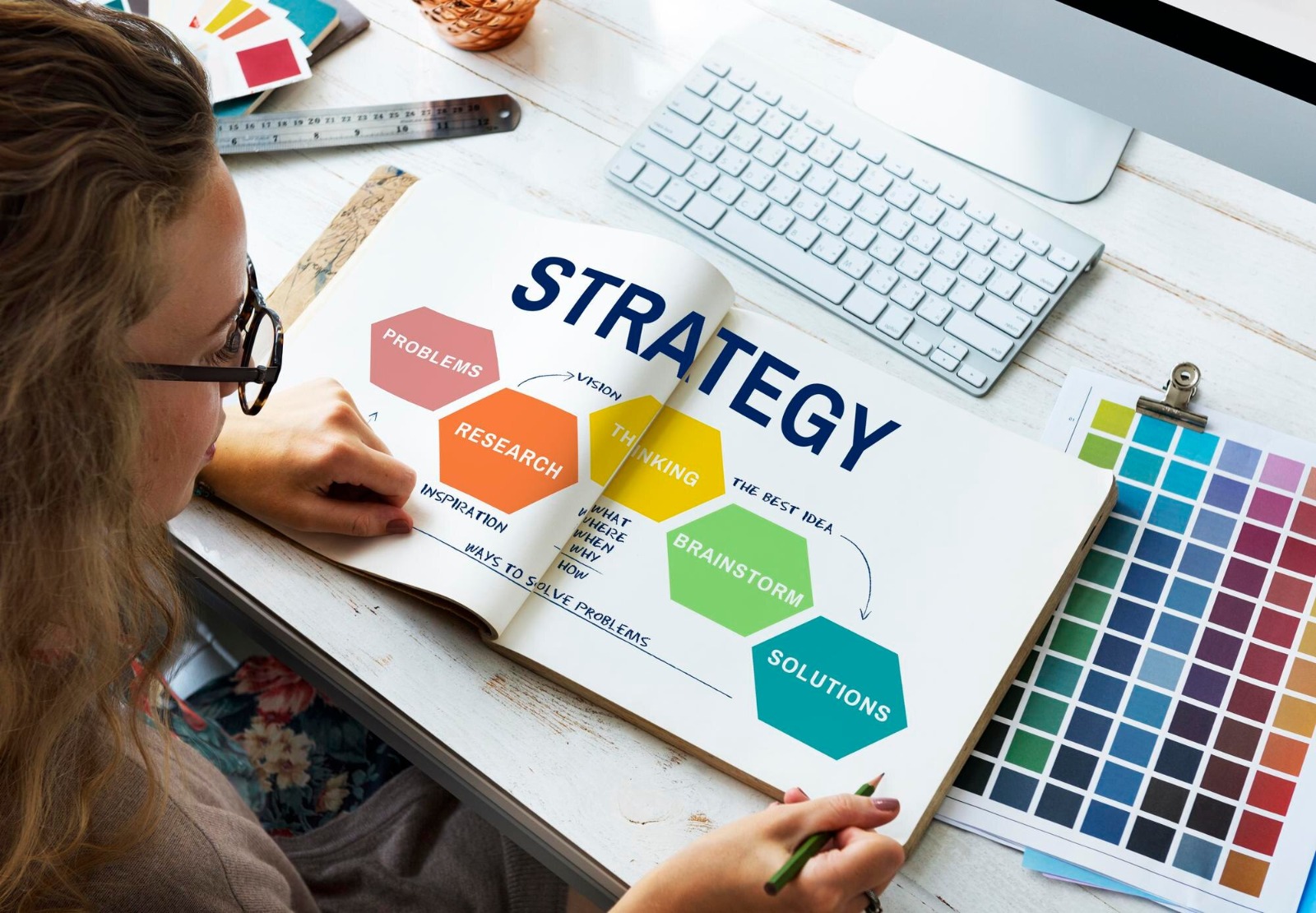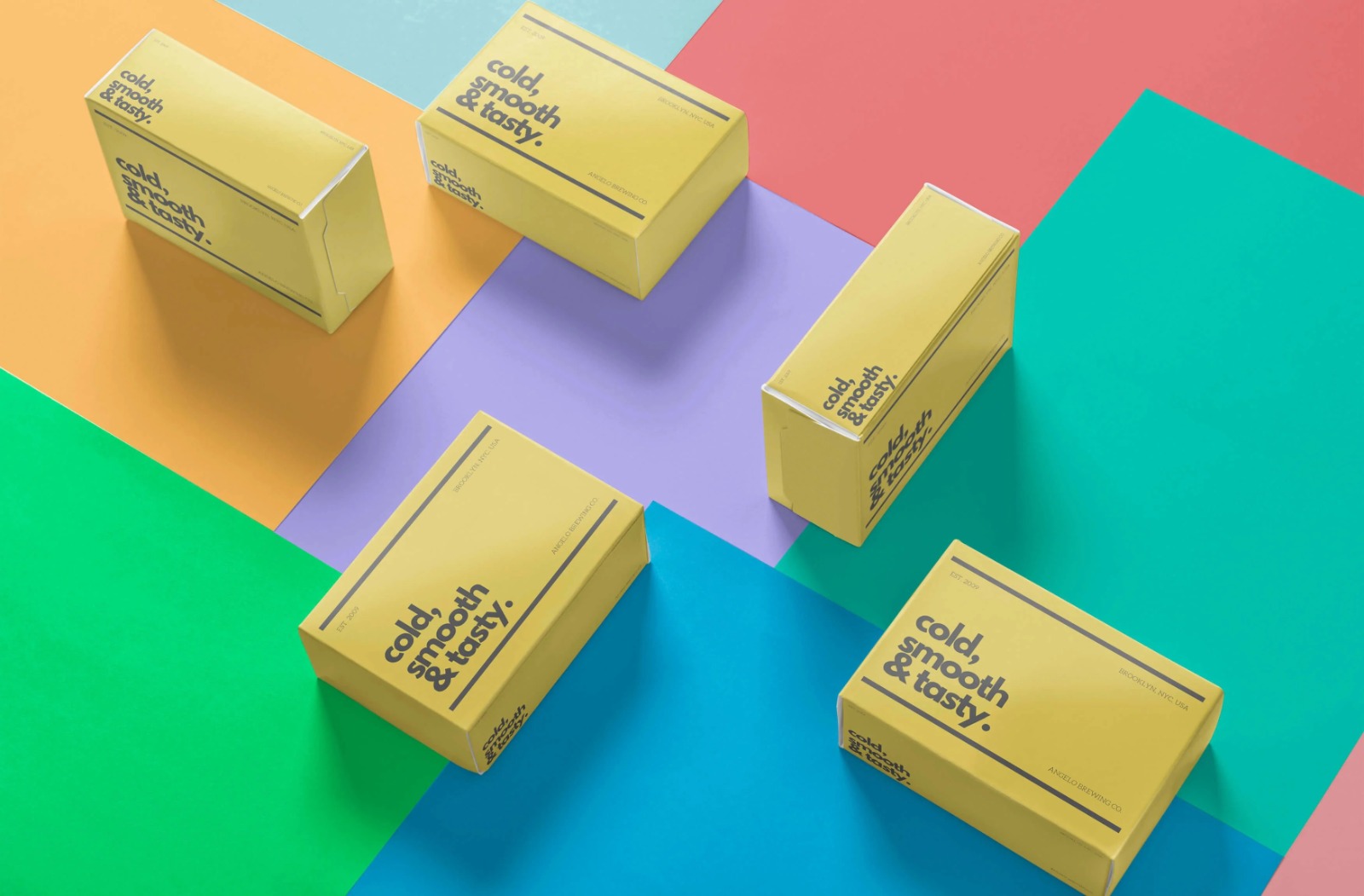In today’s competitive market, effective branding and OEM (Original Equipment Manufacturer) consulting are essential for businesses looking to establish a strong identity and optimize their operations. At Alickreative, we believe that the synergy between branding and OEM consulting can unlock significant potential for businesses across various industries. This guide aims to provide insights into effective branding strategies and the crucial role of OEM consulting in achieving business success.
Understanding Branding
Branding is more than just a logo or a catchy tagline; it encompasses the entire perception of your business in the eyes of your customers. Effective branding involves creating a unique identity that resonates with your target audience and sets you apart from competitors. Here are key elements to consider when developing your brand
1. Define Your Brand Purpose
Understanding your brand’s purpose is the foundation of effective branding. Ask yourself
- What values does your brand represent?
- How do you want your customers to perceive your brand?
- What problem does your product or service solve?
2. Create a Consistent Visual Identity
Your visual identity includes your logo, color palette, typography, and overall design style. Consistency across all touchpoints—website, packaging, social media—helps reinforce brand recognition and trust.
3. Develop a Strong Brand Voice
Your brand voice is how you communicate with your audience. It should reflect your brand’s personality and values. Whether it’s friendly, professional, or quirky, consistency in tone helps build a strong connection with your customers.
4. Engage with Your Audience
Building a brand is not just about broadcasting messages; it’s about engaging with your audience. Use social media, email marketing, and customer feedback to foster a community around your brand and encourage two-way communication.
5. Tell Your Brand Story
Sharing your brand story helps create an emotional connection with your audience. Whether it’s about your founding journey, the inspiration behind your products, or your commitment to sustainability, storytelling adds depth to your brand identity.
The Role of OEM Consulting in Branding
OEM consulting is essential for businesses looking to optimize their manufacturing processes and ensure product quality. Here’s how OEM consulting can support your branding efforts:
1. Enhancing Product Quality
A strong brand is built on quality products. OEM consultants can help you identify and implement best practices in manufacturing, ensuring that your products meet or exceed customer expectations.
2. Streamlining Production Processes
Efficient production processes lead to cost savings and quicker time-to-market. OEM consultants can analyze your operations and recommend improvements that enhance efficiency, allowing you to focus on branding and marketing.
3. Optimizing Supply Chain Management
A well-managed supply chain is crucial for maintaining product quality and meeting customer demands. OEM consultants can help you establish strong relationships with suppliers and optimize your supply chain for better reliability and performance.
4. Facilitating Innovation
Innovation is key to staying competitive. OEM consultants can guide you in adopting new technologies and processes that enhance your product offerings, aligning with your brand’s values and identity.
5. Supporting Regulatory Compliance
Navigating the regulatory landscape can be challenging. OEM consultants can provide expertise in compliance, helping you avoid costly penalties and ensuring that your products meet industry standards.
Alickreative’s Approach to Branding and OEM Consulting
At Alickreative, we understand the importance of a cohesive strategy that integrates branding and OEM consulting. Our approach involves:
1. Tailored Solutions
We believe that every business is unique. Our team works closely with you to develop tailored branding and OEM consulting strategies that align with your goals and target audience.
2. Data-Driven Insights
We leverage data and analytics to inform our strategies, ensuring that your branding efforts are backed by insights that resonate with your customers.
3. Creative Collaboration
Collaboration is key to success. We work alongside your team to foster creativity and innovation, ensuring that your brand identity is authentic and impactful.
4. Continuous Improvement
The market is ever-changing, and so are consumer preferences. Our commitment to continuous improvement means that we regularly assess and refine our strategies to keep your brand relevant and successful.
Conclusion
Effective branding and OEM consulting are critical components of business success. By understanding your brand’s purpose, creating a consistent identity, and optimizing your manufacturing processes, you can unlock new opportunities for growth. At Alickreative, we are dedicated to helping businesses like yours navigate this journey, combining creativity and expertise to elevate your brand and streamline your operations. Whether you’re starting from scratch or looking to refine your existing strategy, we’re here to support you every step of the way. Let’s unlock your success together!









